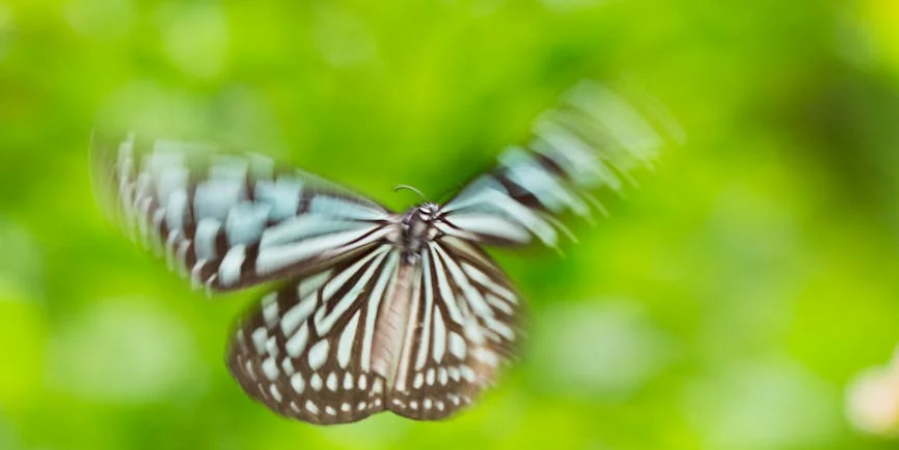

Butterflies are fascinating creatures, with their delicate wings and vibrant colors capturing the imagination of people worldwide. Here are some interesting facts about butterflies:
1. **Lifecycle**: Butterflies undergo a process called metamorphosis, transforming from egg to caterpillar to chrysalis before emerging as a butterfly. This incredible transformation is a symbol of change and renewal.
2. **Diversity**: There are over 20,000 species of butterflies found across the globe, with varying sizes, colors, and patterns. Each species has its unique characteristics and habitats.
3. **Wingspan**: The wingspan of butterflies varies greatly among species. The largest butterflies, such as the Queen Alexandra's birdwing, can have a wingspan of up to 12 inches, while the smallest, like the Western Pygmy Blue, may only reach half an inch.
4. **Migration**: Some species of butterflies, such as the Monarch butterfly, undertake impressive migration journeys spanning thousands of miles. These migrations often involve multiple generations and are essential for their survival.
5. **Symbiosis**: Butterflies have co-evolved with various plants, forming symbiotic relationships. Caterpillars feed on specific host plants, while adult butterflies pollinate flowers as they feed on nectar, aiding in plant reproduction.
6. **Butterfly Houses**: Butterfly houses or conservatories provide controlled environments for the public to observe and learn about these beautiful insects up close. These facilities often house a diverse range of butterfly species and offer educational programs.
7. **Camouflage**: Many butterfly species have evolved camouflage patterns on their wings to help them blend into their surroundings and avoid predators. Some resemble leaves, while others mimic toxic or unpalatable species to deter predators.
8. **Feeding Behavior**: Butterflies use a proboscis, a long, tube-like structure, to feed on nectar from flowers. They can also feed on other fluids like rotting fruit, tree sap, and even animal dung, depending on the species.
9. **Ecosystem Role**: Butterflies play crucial roles in ecosystems as pollinators and prey for other animals. They contribute to the health and diversity of plant communities and serve as indicators of environmental health.
10. **Conservation**: Many butterfly species are facing threats due to habitat loss, climate change, pesticide use, and other human activities. Conservation efforts, such as habitat restoration and captive breeding programs, are essential for preserving butterfly populations.
11. **Butterfly Gardening**: Creating butterfly-friendly gardens with native plants that provide food and habitat for butterflies can help support local populations. Planting milkweed, for example, can attract Monarch butterflies and support their lifecycle.
12. **Cultural Significance**: Butterflies hold cultural significance in various societies worldwide, symbolizing transformation, beauty, and freedom. They appear in art, literature, folklore, and spiritual beliefs, often representing the soul or the ephemeral nature of life.
13. **Butterfly Watching**: Butterfly watching, or lepidopterology, is a popular hobby enjoyed by enthusiasts of all ages. People observe, photograph, and study butterflies in their natural habitats, contributing to citizen science projects and conservation efforts.
14. **Economic Importance**: Butterflies have economic value through ecotourism, agriculture (as pollinators), and scientific research. Their beauty and ecological significance attract tourists to butterfly habitats, generating revenue for local communities.
15. **Threats and Challenges**: In addition to habitat loss and climate change, butterflies face other threats such as pollution, invasive species, and diseases. Conservation efforts must address these challenges to ensure the survival of butterfly populations.
In conclusion, butterflies are not only aesthetically pleasing but also serve vital ecological functions in diverse ecosystems. Understanding and appreciating these remarkable insects can inspire conservation efforts to protect their habitats and ensure their continued existence for future generations to enjoy.


